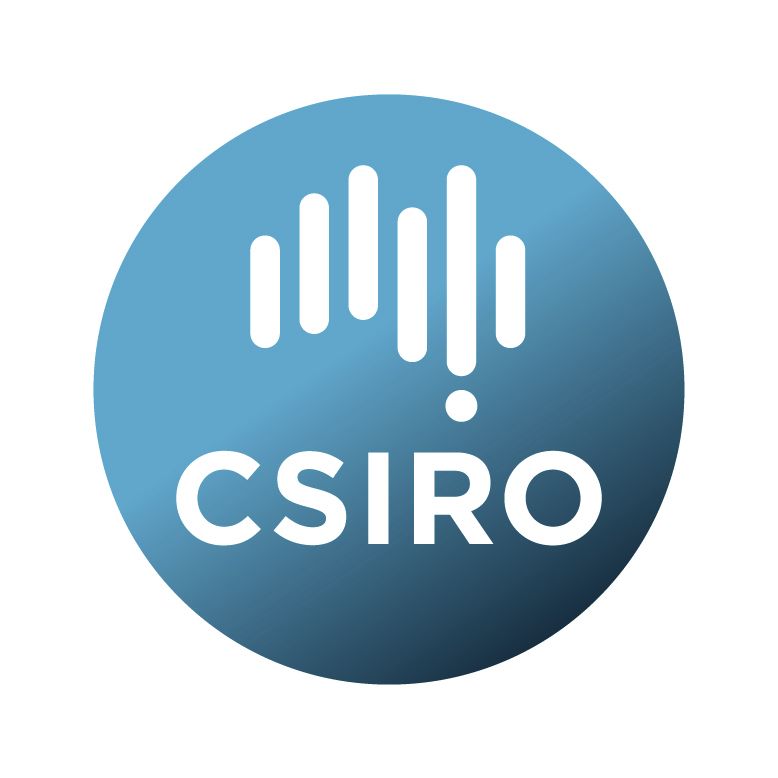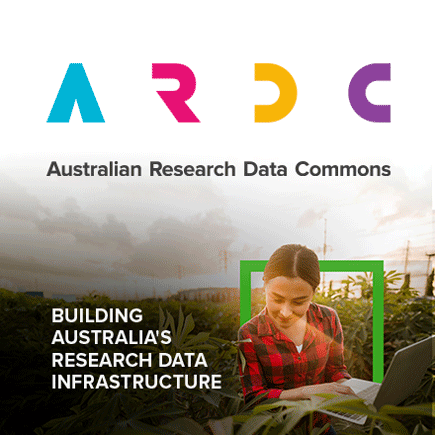Brief description
Assets used for the assessment were extracted from the National Biodiversity Asset Register and Performance Standard 6 Assessment Tool (BAR-PS6) (Stewart et al. 2021). The list of potential assets was updated in January 2025 using the Protected Matters Search Tool for the 3 regions to identify all protected matters listed under the EPBC Act. Assets were identified using a spatial intersection with the extended region to consider potential impacts from development in the region that may extend into adjoining areas.Stewart SB, O’Grady AP and Brooks S (2021) A desktop-based methodology for development of biodiversity asset registers and critical/natural habitat assessment. CSIRO,
doi:10.25919/1kzh-gd17
Lineage: Assets are generally defined as items or entities that will provide current or future potential benefits to an individual or society. The project included the following asset types:
• biodiversity assets, defined as ‘physical entities with specific biodiversity characteristics that are of value to humans
• economic assets, such as provision of water for industrial, recreational or domestic purposes and locations of bores or reservoirs and other groundwater and surface water access entitlements and basic landholder rights.
• cultural assets, where a specific location or ecosystem carries significant cultural significance and can be logically linked with relevant endpoints.
The spatial causal networks for the 3 regions provide examples of how endpoints are linked with biodiversity, economic and cultural assets. The methodology used for this project is documented in the Methods report https://doi.org/10.25919/g14n-5q30
Available: 2025-05-14
Data time period: 2023-06-01 to 2025-02-03
Subjects
Causal network |
Earth Sciences |
Environmental Sciences |
Ecohydrology |
Ecological Applications |
Ecosystem Function |
Environmental Assessment and Monitoring |
Environmental Management |
Environmental Management |
Groundwater Hydrology |
Groundwater Quality Processes and Contaminated Land Assessment |
Hydrology |
Landscape Ecology |
Pilbara region |
Pollution and Contamination |
Surface Water Hydrology |
Surface Water Quality Processes and Contaminated Sediment Assessment |
groundwater |
hydrogen |
risk assessment |
User Contributed Tags
Login to tag this record with meaningful keywords to make it easier to discover


